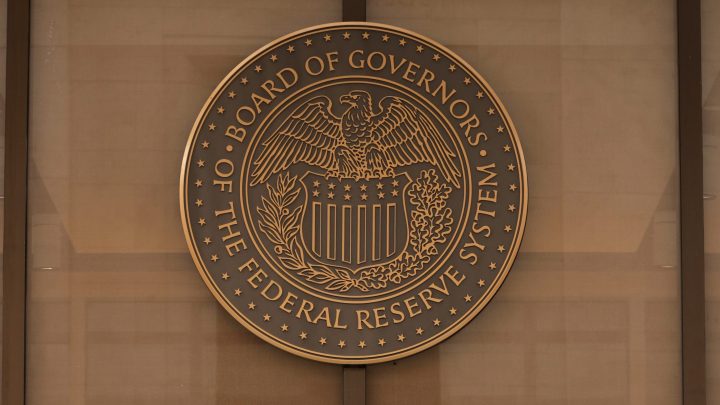
Financial meltdowns often spur changes to financial regulation. So where do we go from here?
Financial meltdowns often spur changes to financial regulation. So where do we go from here?

Loads of government employees owe their jobs to banks behaving badly.
“How far do you want to go back? The Office of the Comptroller of the Currency, which is the regulator of our national banks today, was born in the 1860s to address the problem that we didn’t have a uniform national currency,” said Jonah Crane, a partner at the financial advisory firm Klaros Group.
There’s a long history in this country of financial crises leading to new regulatory bodies. Following the Great Recession, the Consumer Financial Protection Bureau was created. Following the 1980s savings and loan crisis, the Office of Thrift Supervision, which isn’t even around anymore, came about. But others, like the FDIC — a child of the Great Depression — certainly are. So what’s ahead now, regulation-wise?
Jonah Crane (who used to work for the Financial Stability Oversight Council at the Treasury Department) doesn’t expect any new regulatory bodies to be created this time — or that the Office of Thrift Supervision will be resurrected. But he does expect existing regulators to consider bringing back some rules for banks of a certain size.
“In particular, regulations around how much liquidity these banks had to hold,” Crane said. “That is a big piece of what did in Silicon Valley Bank.”
Meanwhile, existing regulators are doing some soul searching. It was the responsibility of the San Francisco Fed to supervise Silicon Valley Bank, and the Federal Reserve Board announced yesterday that it’s going to review what happened.
“It’s like the regulator going into the principal’s office,” said David Beckworth with the Mercatus Center at George Mason University. “Why didn’t you get this figured out the first time, you know?”
Banks themselves also need to take a closer look at their own internal regulation, including the expertise of their boards’ risk committees, said University of Maryland business professor Clifford Rossi.
“They’re like the first line of defense in knowing where the bodies are buried at these companies,” he said. “And if they’re just passively going along, you’re not going to change it, I don’t care how much regulation you heap on them.”
Because, as Treasury alum Jonah Crane points out, Silicon Valley Bank may be a harbinger of other banks with similar money problems.
It’s up to regulators — inside the institutions and out — to find those problems before more banks fail.
There’s a lot happening in the world. Through it all, Marketplace is here for you.
You rely on Marketplace to break down the world’s events and tell you how it affects you in a fact-based, approachable way. We rely on your financial support to keep making that possible.
Your donation today powers the independent journalism that you rely on. For just $5/month, you can help sustain Marketplace so we can keep reporting on the things that matter to you.












